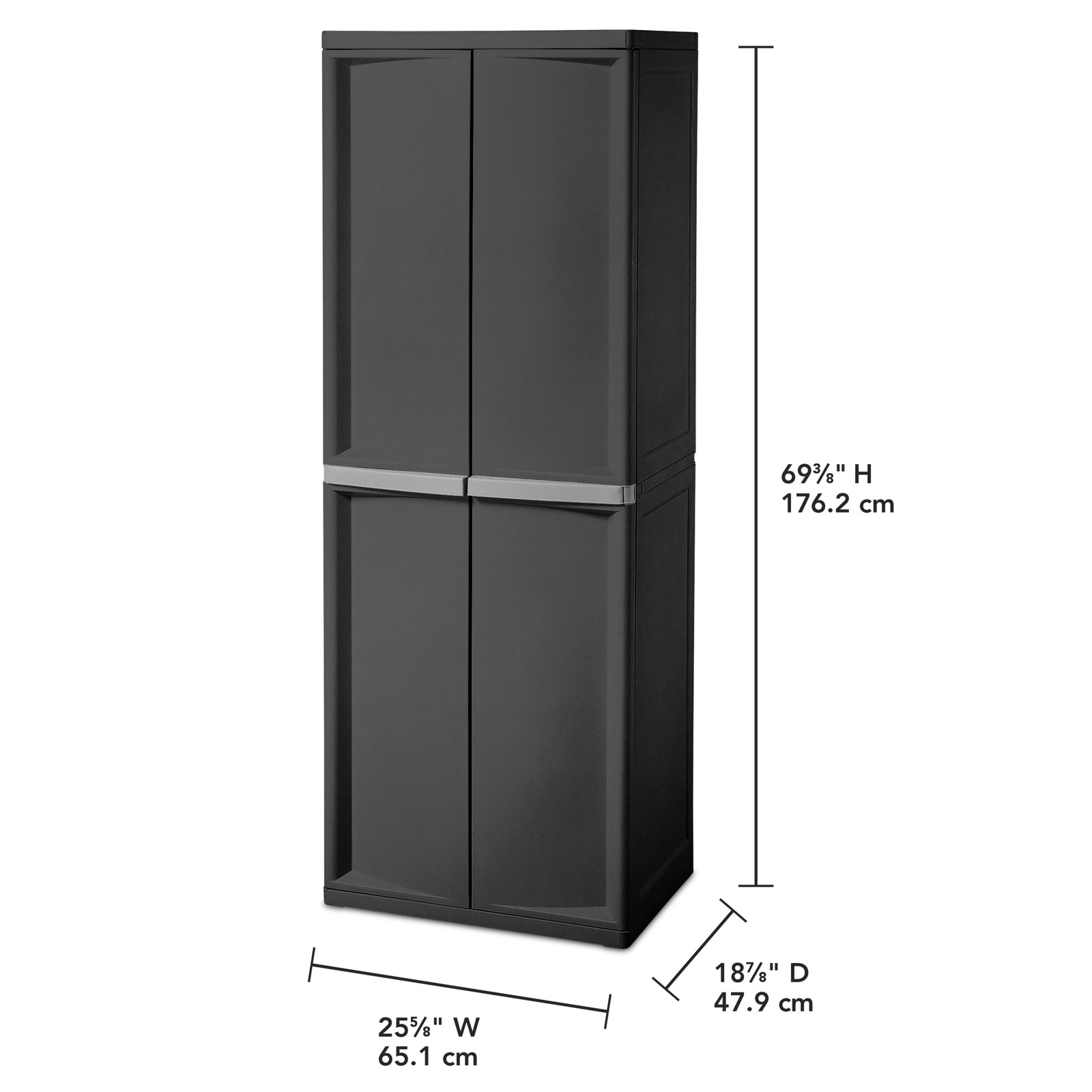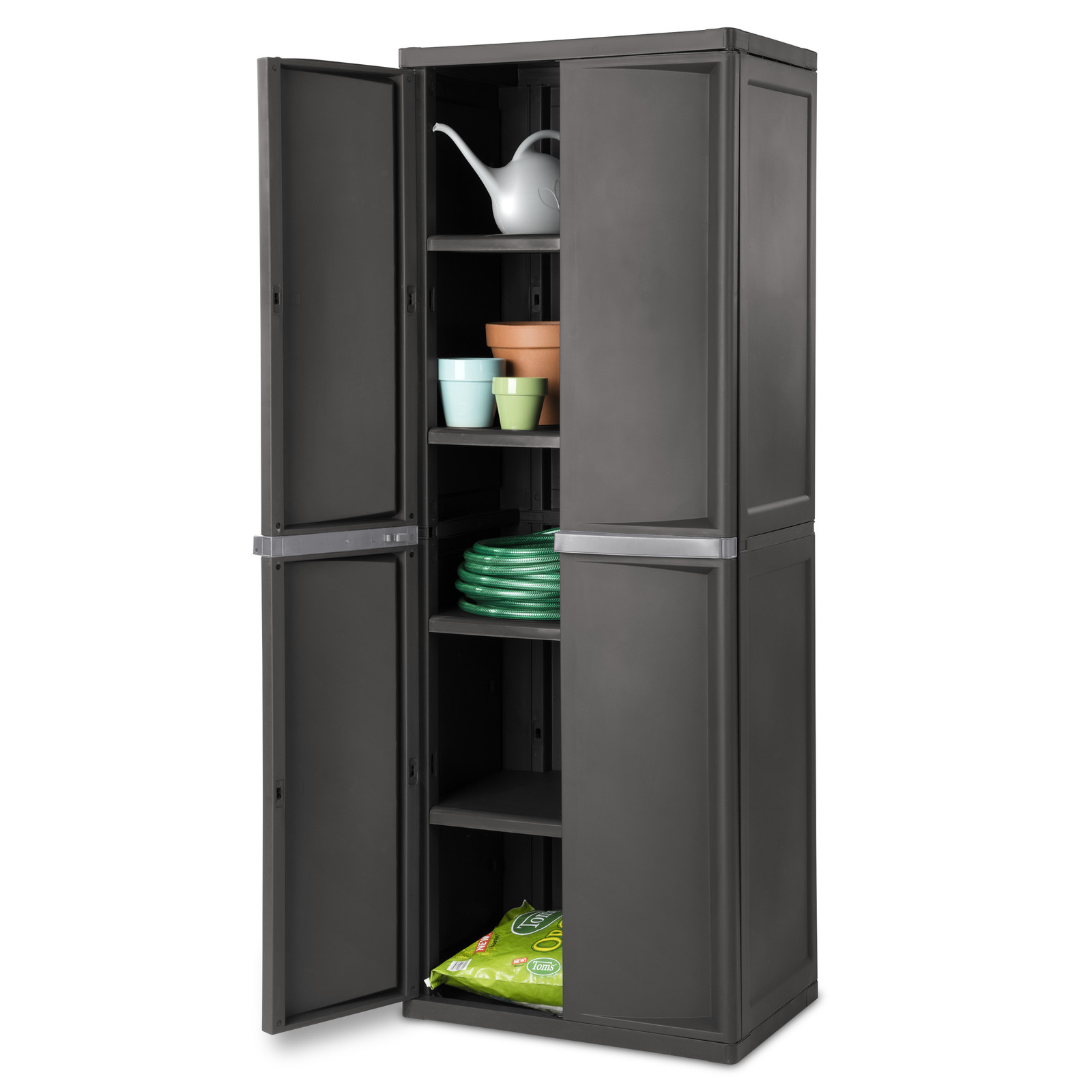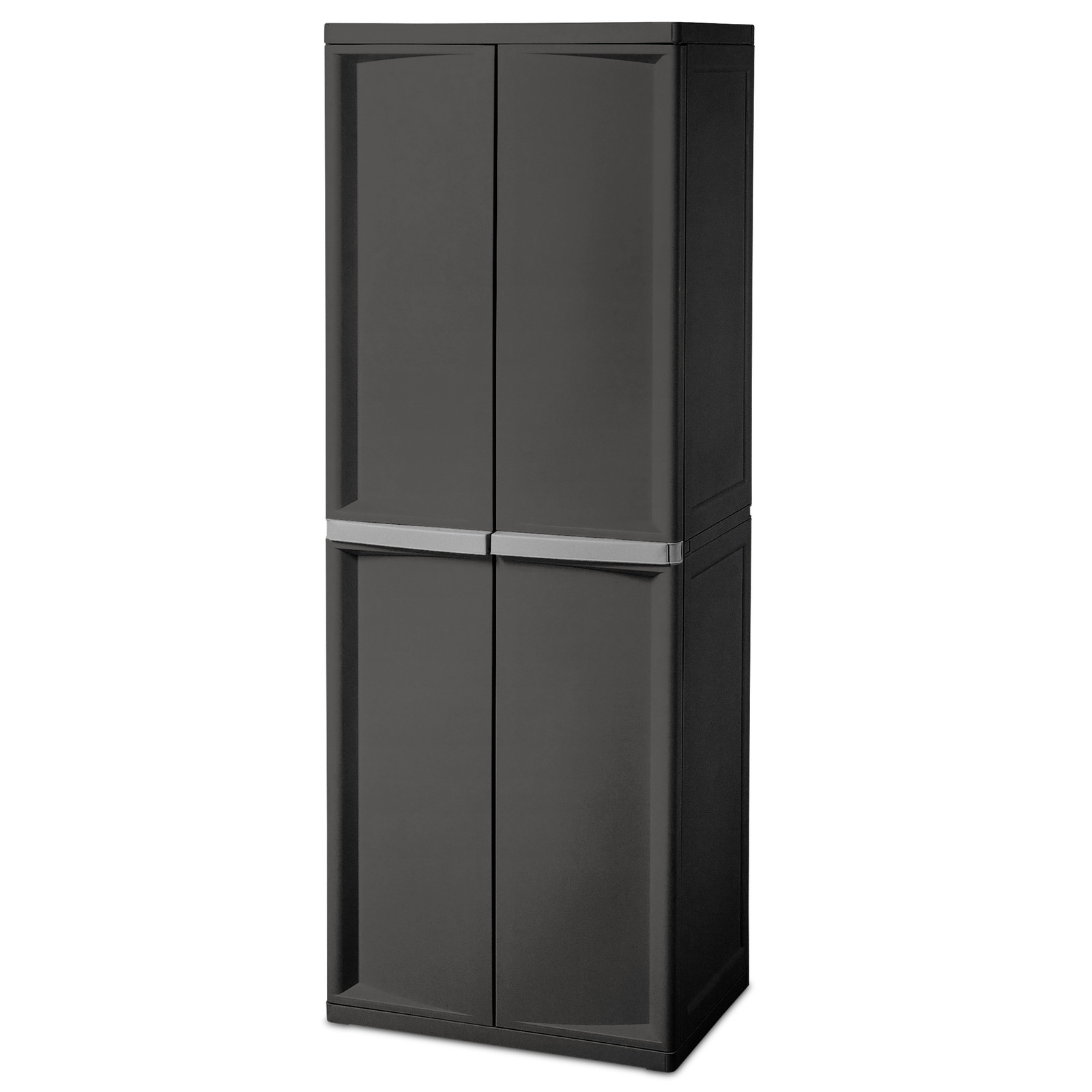Product Overview: Two Door Plastic Cabinet

The ubiquitous two-door plastic cabinet; a silent, unassuming workhorse in homes and offices across the globe. Its simplicity belies a surprising versatility, adapting to a myriad of storage needs with quiet efficiency. From the humble pantry to the meticulously organized craft room, these cabinets offer a practical and often aesthetically pleasing solution for organizing our lives. This overview explores the various facets of this commonplace yet indispensable item.
Two door plastic cabinet – Two-door plastic cabinets typically boast a straightforward design. They come in a range of sizes, from compact units ideal for small spaces to larger models capable of holding substantial quantities of items. Common dimensions vary widely, depending on the manufacturer and intended use, with height ranging from a few feet to well over six, width and depth similarly flexible to suit individual requirements. Color options are equally diverse, spanning a spectrum from classic whites and creams to bolder hues like bright blues, greens, or even more vibrant, trendy shades. The materials used are predominantly durable plastics, often polypropylene or high-impact polystyrene, chosen for their resistance to moisture, impact, and general wear and tear. While the basic structure remains consistent – two doors concealing interior shelving – subtle variations in design details create a surprising level of aesthetic diversity.
Styles of Two-Door Plastic Cabinets
The functionality of a two-door plastic cabinet is heavily influenced by its style. Freestanding units offer maximum flexibility, easily movable to suit changing needs. Their portability is a significant advantage, particularly in rental properties or spaces requiring frequent rearrangement. Wall-mounted cabinets, on the other hand, maximize vertical space, ideal for smaller rooms where floor space is at a premium. They provide a clean, uncluttered look, seamlessly integrating into the wall. Some models even incorporate features like wheels for ease of movement, blurring the lines between freestanding and fixed installations. The choice depends largely on individual preferences and the specific spatial constraints of the environment.
Comparison of Two-Door Plastic Cabinet Brands
The market offers a diverse selection of two-door plastic cabinets, each with its own strengths and weaknesses. The following table compares four prominent brands, highlighting key features and price points (prices are approximate and may vary based on retailer and specific model).
| Brand | Price Range (USD) | Key Features | Material |
|---|---|---|---|
| Brand A | $25 – $75 | Durable construction, adjustable shelving, various color options | Polypropylene |
| Brand B | $30 – $90 | Water-resistant, lightweight, easy assembly | High-impact polystyrene |
| Brand C | $40 – $120 | Reinforced structure, multiple size options, lockable doors | Polypropylene blend |
| Brand D | $50 – $150 | Premium design, stylish aesthetics, heavy-duty construction | ABS plastic |
Uses and Applications

The unassuming two-door plastic cabinet, a seemingly simple object, holds within its utilitarian form a surprising versatility. Its adaptability stems from a blend of practicality and design, making it a chameleon-like presence in diverse environments, seamlessly integrating into homes, offices, and beyond. The very essence of its design – its compact size, durable material, and often ingenious internal configurations – dictates its varied applications.
The size and features of a two-door plastic cabinet directly influence its suitability for a particular purpose. A smaller cabinet, for instance, might be ideal for a cramped apartment, holding toiletries or office supplies. A larger, more robust model, on the other hand, could serve as a sturdy storage solution in a garage or workshop. The presence of shelves, drawers, or even locking mechanisms further refines its functional potential.
Applications in Various Settings
The two-door plastic cabinet’s utility extends far beyond its unassuming appearance. Its adaptability allows it to serve a multitude of purposes across a range of settings.
- Home: In kitchens, they can store pantry staples, cleaning supplies, or extra linens. In bathrooms, they become convenient holders for toiletries and towels. Bedrooms benefit from their ability to organize clothes, shoes, or seasonal items.
- Office: These cabinets provide secure and organized storage for files, stationery, and other office essentials. Their compact size makes them suitable for even the smallest office spaces, maximizing limited floor area.
- Garage: The robust nature of plastic cabinets makes them perfect for storing tools, gardening supplies, or automotive parts. Their resistance to moisture and humidity makes them suitable for damp environments.
- Craft Room/Workshop: These cabinets can house craft supplies, paints, tools, and other materials, keeping them organized and easily accessible.
Hypothetical Scenario: A Small Apartment
Imagine a small, sun-drenched apartment in a bustling city. Space is at a premium, and efficient organization is key. A compact two-door plastic cabinet, perhaps measuring 30 inches in height and 24 inches in width, sits neatly in the corner of the living room. Its two doors conceal cleverly designed internal shelving. One section holds neatly stacked books and board games, transforming the cabinet into a stylish yet practical bookcase. The other section, with its adjustable shelves, houses a collection of neatly folded blankets and throws, keeping the apartment clutter-free and aesthetically pleasing. This seemingly small addition significantly improves the apartment’s organization and overall livability. The cabinet’s light colour also helps to brighten the space, avoiding the oppressive feel often associated with cramped quarters.
Maintenance and Care

The longevity and aesthetic appeal of your two-door plastic cabinet depend heavily on consistent and appropriate care. Neglect can lead to premature wear, discoloration, and even structural damage. A little preventative maintenance goes a long way in preserving your investment. This section Artikels practical strategies for keeping your cabinet looking its best and functioning flawlessly for years to come.
Cleaning and Maintenance Procedures, Two door plastic cabinet
Regular cleaning is paramount. Avoid abrasive cleaners, harsh chemicals, and scouring pads, which can scratch the plastic surface. A simple solution of mild dish soap and warm water, applied with a soft cloth or sponge, is usually sufficient. For stubborn stains, a solution of baking soda and water can be gently applied and then rinsed thoroughly. Always rinse the cabinet completely and dry it with a soft cloth to prevent water spots or mildew. Never use bleach or ammonia-based cleaners, as these can damage the plastic and potentially discolor it. For particularly persistent grime, consider using a specialized plastic cleaner designed for use on similar materials. Remember to always test any cleaning solution on an inconspicuous area first to ensure it doesn’t cause discoloration or damage.
Addressing Scratches and Cracks
Minor scratches are often unavoidable. While they can’t be completely erased, you can minimize their appearance. For shallow scratches, try applying a thin layer of clear nail polish or a specialized plastic repair compound. Allow the polish or compound to dry completely, then gently buff the area with a soft cloth. For deeper scratches or cracks, professional repair might be necessary, depending on the severity of the damage. These repairs are often inexpensive and can significantly extend the life of your cabinet. Prevention is, however, always better than cure. Handling the cabinet carefully and avoiding impacts can drastically reduce the risk of scratches and cracks.
Step-by-Step Assembly Guide
Assembling a two-door plastic cabinet is generally straightforward, though the specific steps may vary slightly depending on the manufacturer and model. However, the basic principles remain consistent. The process typically involves the following steps:
- Carefully unpack all components, ensuring you have all the necessary parts and hardware. Check the manufacturer’s instructions for a complete parts list.
- Identify the main cabinet body and the two doors. These components are usually clearly labeled.
- Attach the hinges to the cabinet body and the doors. Follow the instructions carefully, ensuring the hinges are aligned correctly to allow for smooth door operation.
- Insert the door latches or handles. Secure them firmly using the provided screws.
- Position the shelves within the cabinet, if applicable, and secure them according to the manufacturer’s instructions.
- Finally, inspect the assembled cabinet to ensure everything is securely fastened and the doors open and close smoothly.
